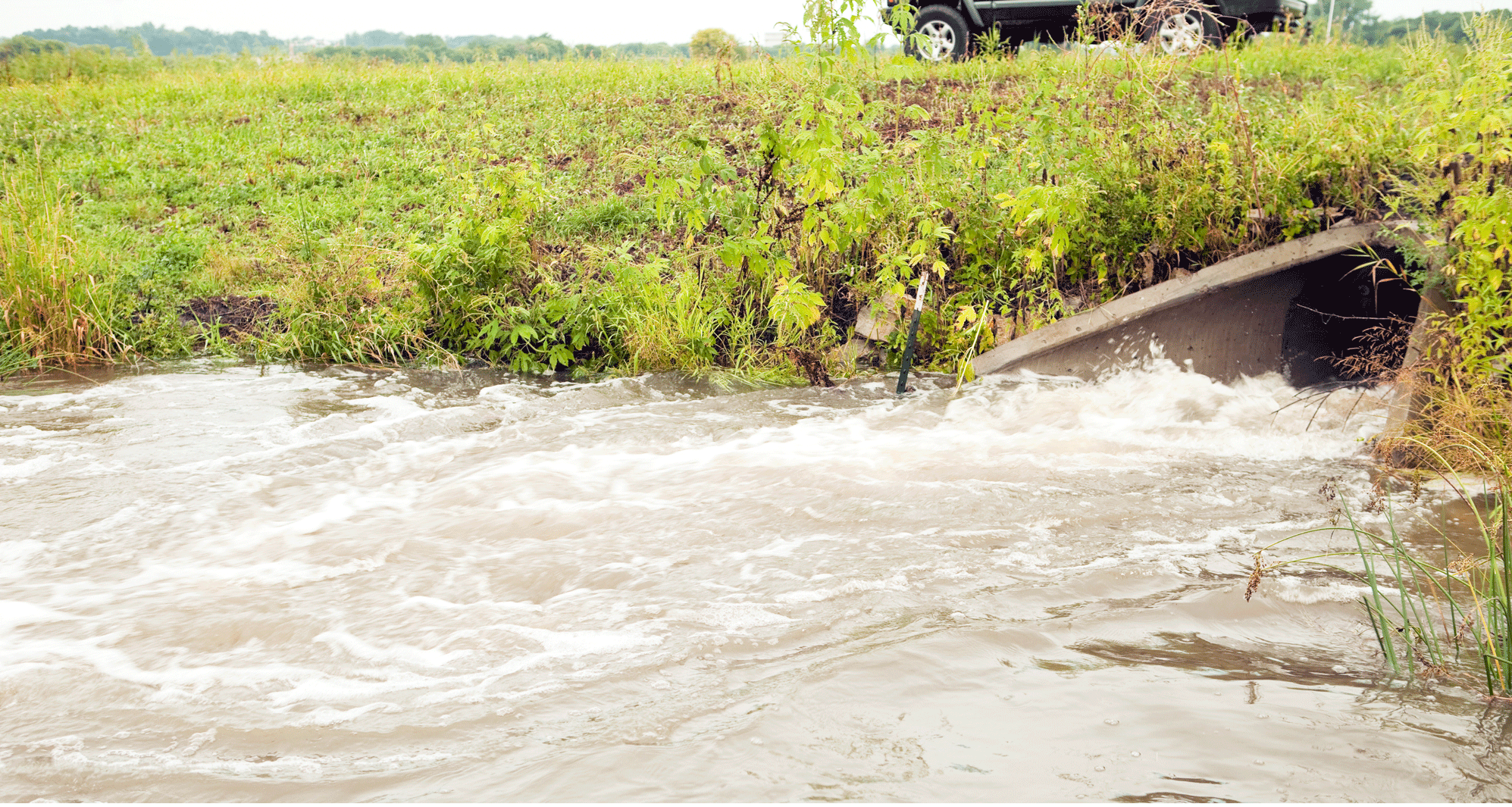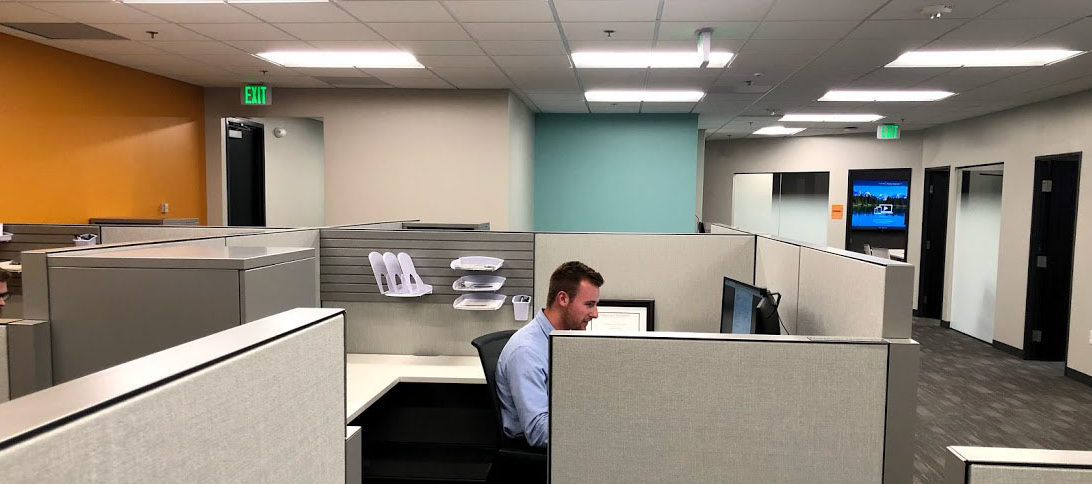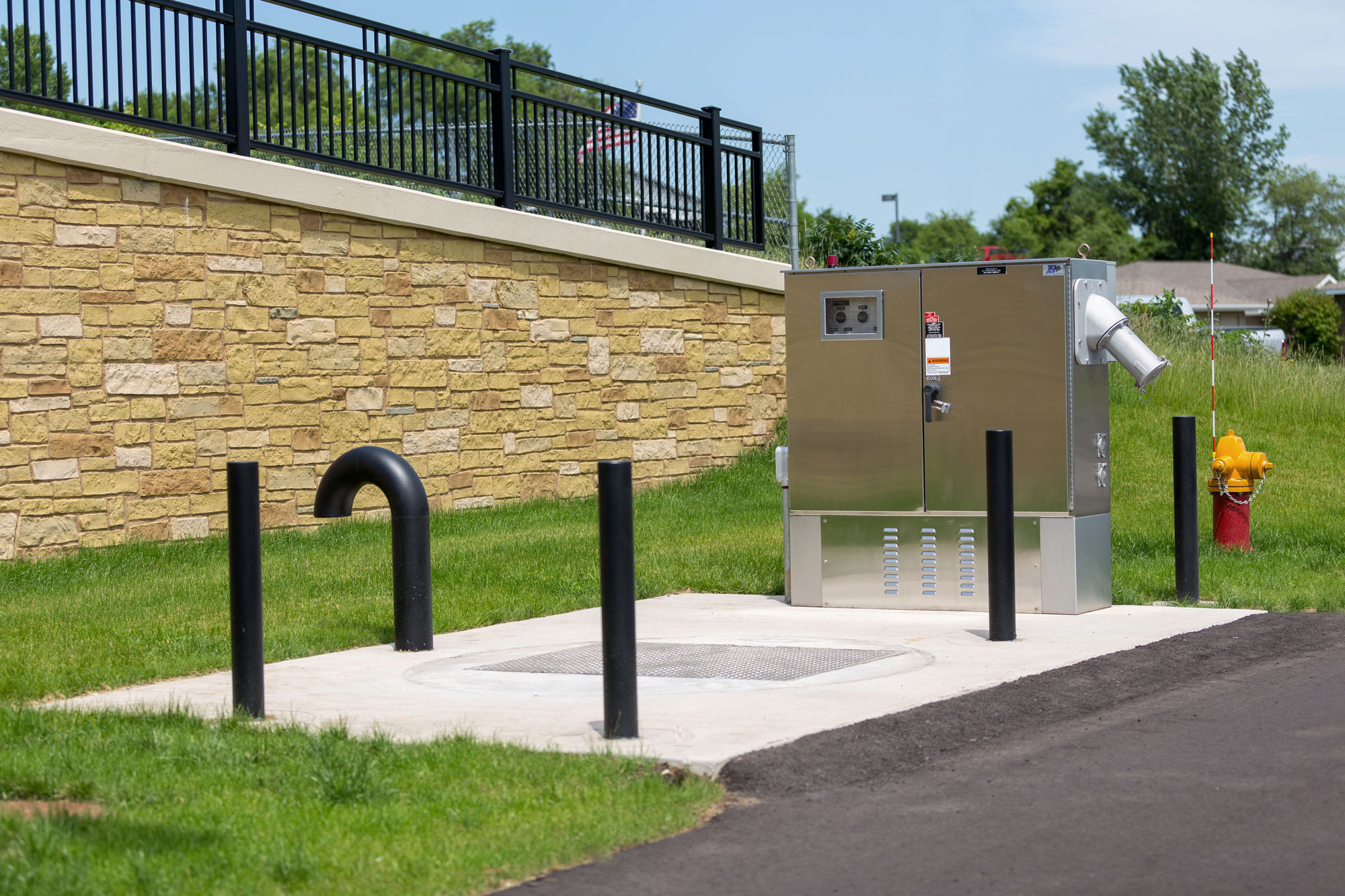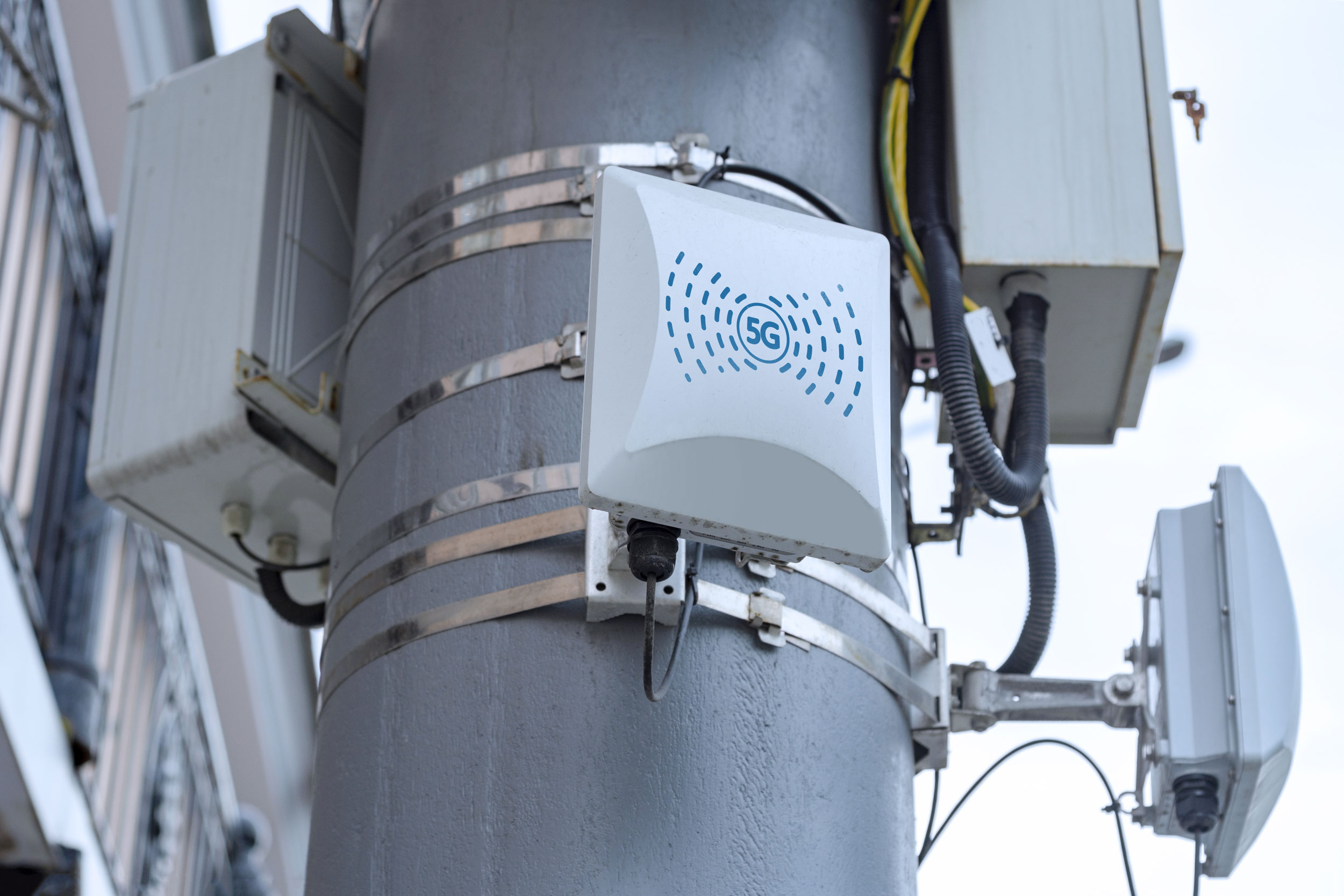
Basic steps to flood prevention
Minnesota’s aging stormwater infrastructure is forcing communities across the state to re-evaluate their action plan.
As water levels continue to increase, so does the need for effective stormwater management systems. The Star Tribune pointed out some of the struggles facing Minnesota communities in their recent story, published on September 22. At WSB, we’re working closely with municipalities to help develop stormwater management planning. Here are a few ways communities can respond to the rising water levels:
- Plan ahead. Identify areas of highest risk in your city early. Develop action plans that include back-up generators and pumps, sandbags, and resident notification.
- Identify, map and maintain overland overflow routes for water bodies where feasible. These routes allow runoff to follow streets, property lines, and backyards while protecting homes from high flood levels. Inspect and enforce keeping these overflows clear – no fences or outbuildings that may block drainage.
- Look for opportunities to build resiliency into the system. This may mean allowing for parking lot flooding to protect structures; constructing additional ponding retention with new developments; utilizing park space, public open space, and golf course greens for flood retention.




